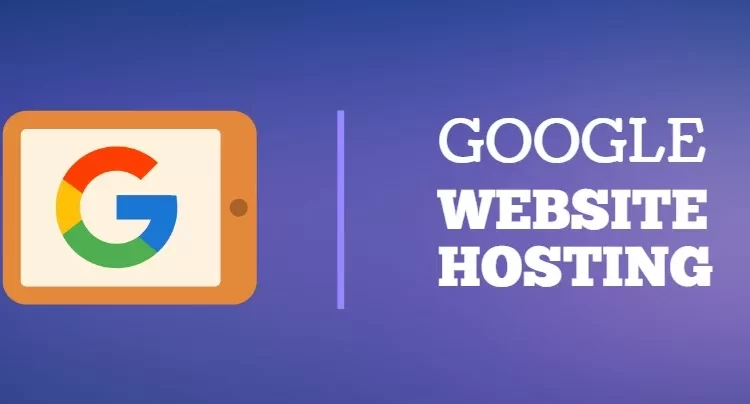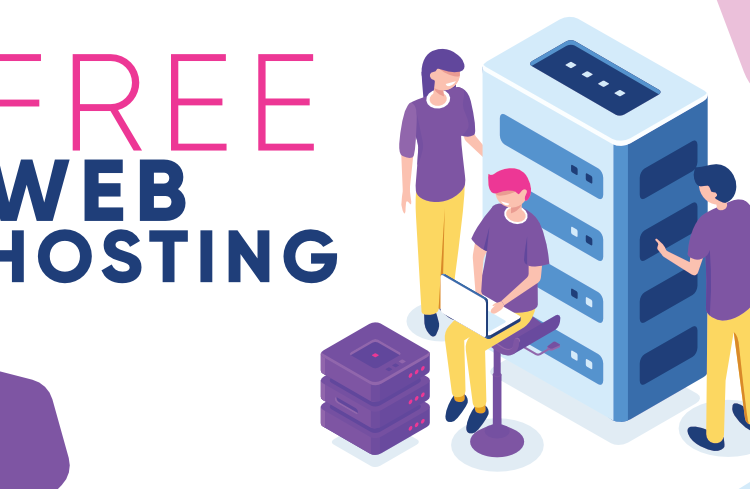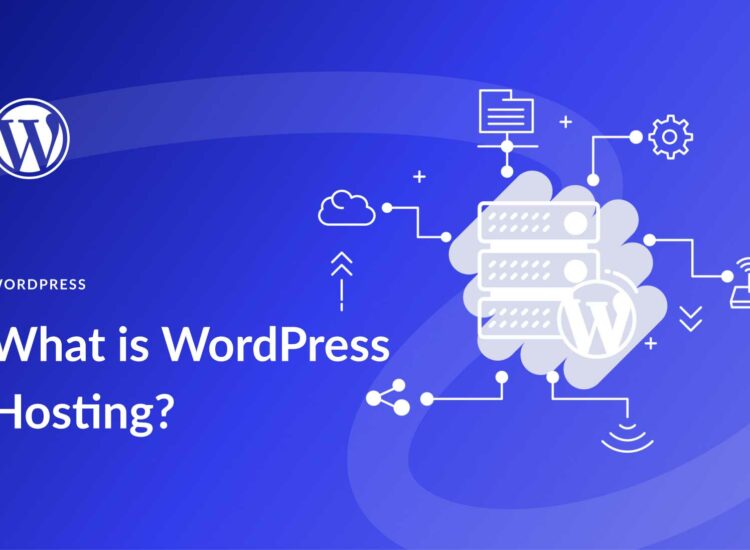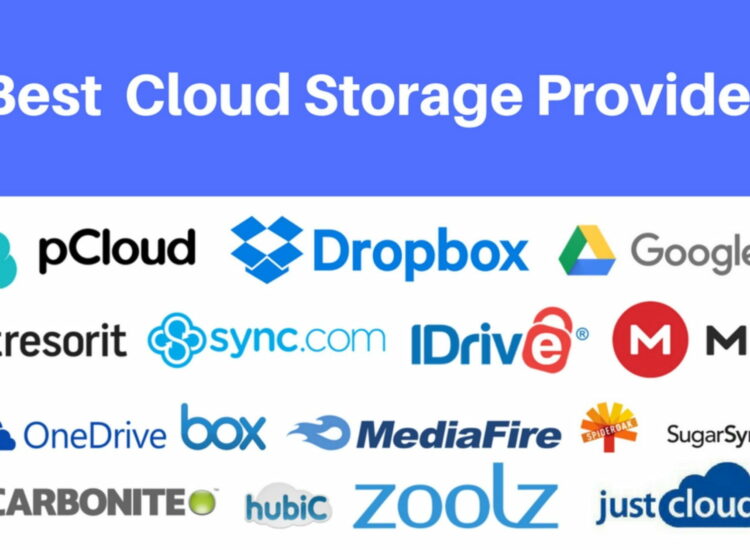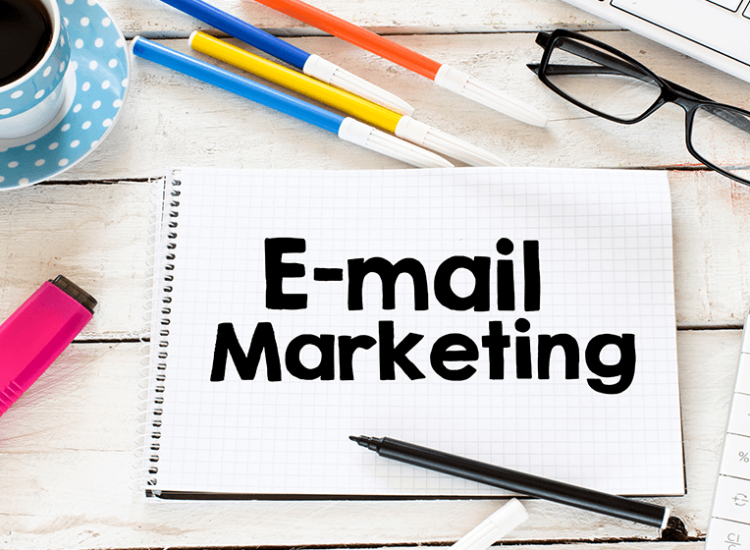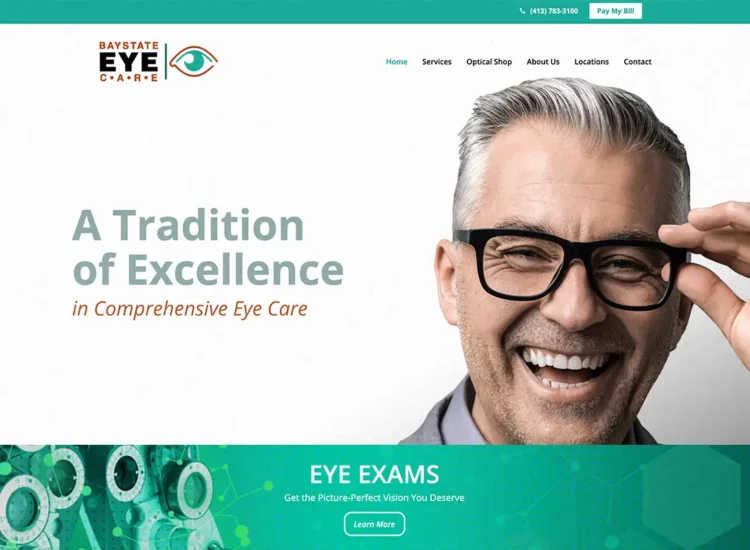In the rapidly evolving digital landscape of 2024, cloud computing continues to reign as a core pillar of technological innovation and enterprise strategy. Its growth is essential for supporting the vast ecosystem of emerging technologies and the increasing demand for flexible, scalable IT resources. Here, we’ll deep-dive into some of the most pivotal cloud computing trends set to define the tech world’s trajectory this year.
Toc
The Rise of Edge Computing

Edge computing is fast emerging as one of the most influential cloud computing trends, particularly for industries needing real-time data processing capabilities. By bringing computation and data storage closer to the location where it’s needed, edge computing aims to reduce latency and bandwidth use, thereby enhancing performance for users and Internet of Things (IoT) devices.
How Industries Are Leaning Towards Edge
Industries such as manufacturing, healthcare, and automotive are at the forefront, using edge computing to optimize operations via real-time analytics and localized decision-making capabilities. For instance, in precision medicine, edge computing aids in quicker processing of patient data to deliver personalized treatment plans without delay. In the automotive industry, edge computing is utilized for real-time data processing in autonomous vehicles to make split-second decisions.
The Need for Real-Time Data Processing
In today’s fast-paced world, industries cannot afford delays caused by traditional cloud-based computing methods. For example, in manufacturing plants, a few seconds of delay can result in costly disruptions to production processes. With edge computing, data can be processed and analyzed at the source without having to transmit large amounts of raw data to the cloud. This not only saves time but also reduces the risk of network congestion and potential security threats.
Enhancing Performance with Edge Computing
By reducing latency and bandwidth use, edge computing significantly improves performance for users and IoT devices. This is especially crucial for industries that rely on real-time data analysis, such as healthcare and transportation. With edge computing, critical information can be processed and acted upon immediately, allowing for better decision-making and faster response times.
Moreover, edge computing can also improve the overall user experience in various applications. For instance, in online gaming or live streaming services, delays or lag times can greatly affect user satisfaction. By shifting processing to the edge of the network, users can enjoy a smoother and more seamless experience.
Security Benefits
In addition to performance enhancements, edge computing also offers greater security benefits compared to traditional cloud-based systems. By keeping data closer to the source, it reduces the risk of potential cyber attacks during data transmission. In industries that deal with sensitive information like banking or healthcare, this added layer of security is crucial.
Furthermore, edge computing can also provide better data privacy. Instead of relying on a central server to store and process sensitive data, it can be kept within the local network or even on individual devices. This reduces the chances of a data breach and ensures that personal information is not at risk.
Cost Efficiency
An additional benefit of edge computing lies in its cost-effectiveness. Unlike traditional cloud-based setups that necessitate substantial investments in costly hardware and infrastructure, edge computing enables the distribution of processing power and storage across networked devices. This translates to reduced expenses for businesses, alleviating the need for extensive equipment purchase and maintenance.
AI and Machine Learning in Cloud

The marriage of AI and cloud computing is transitioning from a mere value-add to a necessity for businesses looking to stay competitive. Cloud platforms are strategically infusing AI and machine learning into their services to provide enhanced data insights, improved consumer experiences, and streamlined operations.
AI and ML Transformations
Consider how retail giants are leveraging cloud-based AI to forecast trends, manage inventory, and personalize shopping experiences at scale. Machine learning algorithms predict customer behavior, allowing businesses to tailor marketing strategies effectively and elevate customer satisfaction. Additionally, cloud platforms are utilizing AI to power virtual assistants and chatbots that can handle customer inquiries and support services without human intervention.
In the healthcare industry, AI is revolutionizing patient care by analyzing vast amounts of medical data and generating accurate diagnoses. With the help of machine learning algorithms, doctors can now make more informed decisions and provide personalized treatment plans for their patients. This not only improves patient outcomes but also reduces healthcare costs.
AI and ML in Finance
The financial sector is another area where AI and cloud computing are making a significant impact. Cloud-based AI solutions can analyze market trends, risk factors, and consumer behavior patterns in real-time to make better investment decisions. This gives businesses a competitive advantage in a highly volatile market.
Moreover, AI-powered virtual assistants and chatbots are becoming increasingly popular in the finance industry. These tools can provide 24/7 customer support, handle routine inquiries, and even assist with financial planning and management. This not only improves the efficiency of financial institutions but also enhances the overall customer experience.
1. https://ngungtaonghiep.com/archive/104/
2. https://ngungtaonghiep.com/archive/105/
3. https://ngungtaonghiep.com/archive/106/
Another exciting application of AI and ML in finance is fraud detection. With the help of advanced algorithms, financial institutions can quickly identify suspicious activities and prevent fraudulent transactions. This not only protects customers from potential losses but also saves businesses millions of dollars in fraud-related expenses.
In addition to these applications, cloud computing has also revolutionized data storage and analysis in the finance industry. With access to vast amounts of data stored on the cloud, financial institutions can gain valuable insights into customer behavior and market trends. This allows them to make more informed decisions and provide personalized services to their clients.
Furthermore, the rise of fintech startups has disrupted the traditional financial landscape, leading to increased competition and innovation in the industry. These companies utilize technologies such as blockchain and AI to offer alternative financial solutions that are often faster, cheaper, and more convenient than traditional banking methods.
Security and Privacy Enhancements

With cyber threats becoming more sophisticated, cloud service providers are stepping up like never before to advance security and privacy measures. This trend reflects an absolute must to keep users’ data secure while complying with stringent regulatory demands like the General Data Protection Regulation (GDPR).
The Impact of Data Regulations
The repercussions of not adhering to such norms are significant, inciting cloud providers to invest in cutting-edge encryption, identity management, and continuous compliance monitoring to ensure data integrity and foster user trust. These enhancements also include data access controls, vulnerability assessments, and threat detection systems to prevent unauthorized access and potential breaches.
Moreover, cloud providers are implementing stricter measures in terms of physical security by investing in secure data centers with biometric authentication, multi-factor identification, and 24/7 monitoring. These efforts not only protect against cyber threats but also safeguard against natural disasters or other unforeseen events that could compromise data.
Improved Collaboration Tools
Collaboration is now more critical than ever as remote work becomes the new norm. Cloud service providers have recognized this need and are continuously improving their collaboration tools to enhance productivity for businesses and individuals alike. Features like real-time document editing, online video conferencing, and file sharing capabilities enable teams to work together seamlessly from anywhere in the world.
Additionally, cloud-based collaboration tools also offer better version control and access management, ensuring that everyone is working from the most up-to-date documents. This reduces confusion and minimizes errors, leading to improved overall efficiency and communication within teams.
Scalability for Growing Businesses
For businesses looking to expand and grow, investing in a cloud infrastructure is an excellent option. With traditional on-premises systems, scaling up or down can be a costly and time-consuming process. However, with cloud computing, businesses can easily adjust their storage and computing needs according to their requirements.
This scalability allows businesses to save money by only paying for the resources they need at any given time. As a result, smaller companies can compete with larger ones without spending a large amount of money on IT infrastructure. This also gives businesses the flexibility to quickly adapt to changing market conditions and meet increasing demands without sacrificing productivity.
Security Measures
One of the biggest concerns for businesses when it comes to cloud computing is security. However, with advancements in technology, cloud service providers have implemented multiple layers of security measures to protect sensitive data and information. These include firewalls, encryption methods, and regular backups.
Moreover, by storing data in a centralized location rather than on individual devices, businesses can ensure better control over their data and reduce the risk of data loss or theft. Additionally, most reputable cloud service providers also have strict compliance standards that they adhere to, giving businesses peace of mind that their data is safe and secure.
Green Cloud Computing

Sustainability is no longer just a buzzword but a driving force behind innovative cloud computing solutions. The concept of ‘green cloud computing’ focuses on minimizing the environmental impact of cloud services through energy-efficient infrastructure and operational excellence.
Adopting Green Technologies
Enterprises are significantly more aware of their carbon footprints, leading to a push for eco-friendly data centers powered by renewable energy sources and efficient cooling systems. This shift not only helps the environment but also brings economic benefits, carving a path toward a more sustainable future in the tech industry. Green cloud computing offers a greener alternative, providing businesses with the opportunity to reduce their carbon emissions while still benefiting from modern technology.
Benefits of Green Cloud Computing
Green cloud computing has numerous benefits, including reducing operating costs by optimizing energy usage and increasing efficiency. It also allows for scalability, allowing businesses to scale up or down their resources as needed, further minimizing energy consumption. This can result in significant cost savings for companies, making it a practical and sustainable choice.
1. https://ngungtaonghiep.com/archive/106/
2. https://ngungtaonghiep.com/archive/107/
3. https://ngungtaonghiep.com/archive/102/
In addition to financial benefits, green cloud computing also contributes to a healthier environment. With reduced energy usage and carbon emissions, it helps combat climate change and air pollution. It also promotes the use of renewable energy sources such as solar or wind power, creating a more sustainable energy mix.
Implementing green cloud computing practices can also improve a company’s reputation and image. Consumers are becoming increasingly aware of environmental issues and are more likely to support businesses that prioritize sustainable practices. By demonstrating a commitment to reducing their carbon footprint, companies can attract environmentally conscious customers and gain a competitive edge.
Moreover, green cloud computing is not just beneficial for large corporations. Small businesses can also reap the rewards of implementing sustainable computing practices. Cloud services allow smaller companies to access advanced technology without having to invest in expensive hardware and infrastructure. This means they can still benefit from energy-efficient systems without breaking the bank.
The Future of Multi-Cloud and Hybrid Cloud
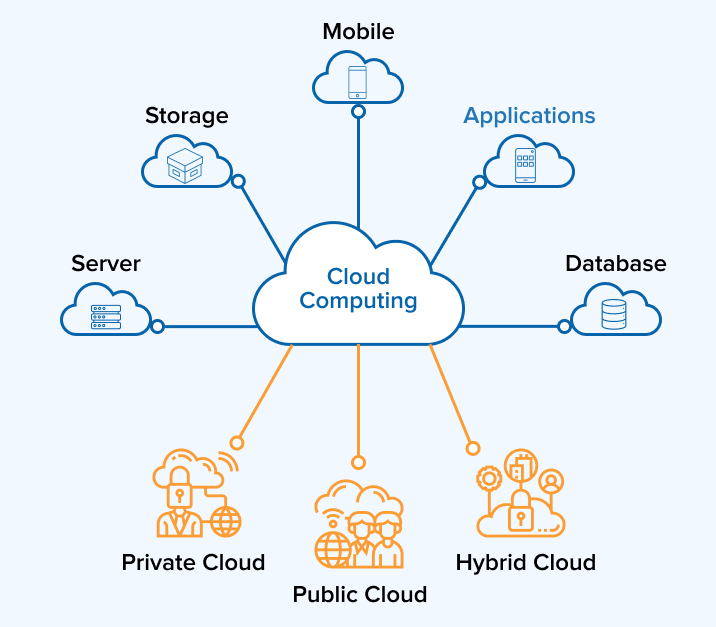
Betting on a single cloud provider is increasingly seen as a risky strategy, prompting a move towards multi-cloud and hybrid cloud solutions. These approaches allow businesses to distribute their workloads across various cloud environments, optimizing costs, boosting resilience, and enabling more agile responses to market dynamics.
Diversifying Cloud Environments
By mitigating dependence on a single provider, multi-cloud and hybrid cloud strategies offer the flexibility to select best-in-class services and prevent vendor lock-in, ultimately driving innovation while maintaining operational continuity. With the rise of specialized cloud services, such as AI and machine learning, businesses are able to choose the most suitable provider for each specific use case.
Cost Optimization
One of the main advantages of multi-cloud and hybrid cloud solutions is cost optimization. By leveraging different providers and their pricing models, businesses can save significant amounts on their cloud expenses. This also allows businesses to avoid unexpected price increases from a single provider and maintain control over budget allocation.
Enhanced Resilience
Multi-cloud and hybrid cloud strategies also offer enhanced resilience in case of service outages or disruptions. By distributing workloads across multiple environments, businesses reduce the risk of downtime and ensure continuous operations even in the face of unforeseen events.
Agile Responses to Market Changes
In today’s rapidly evolving business landscape, the ability to adapt quickly is crucial for success. Multi-cloud and hybrid cloud solutions provide businesses with the agility they need to respond to market changes and meet customer demands in a timely manner. With multiple options for infrastructure, applications, and services, businesses can easily scale up or down as needed without being tied down to a single provider.
Improved Performance
Another benefit of multi-cloud and hybrid cloud solutions is improved performance. By strategically placing workloads on the most suitable cloud environment, businesses can optimize their performance and ensure faster response times for their applications. This also allows them to tailor their infrastructure to specific needs, such as using high-performance computing for data analysis or low-latency environments for real-time applications.
Data Security
Protecting sensitive data is a top priority for businesses, and multi-cloud and hybrid cloud solutions offer added layers of security. By spreading data across multiple clouds, businesses can minimize the risk of a single point of failure or cyber attack. Additionally, certain cloud providers may offer specialized security features, such as encryption or secure access controls, that can be utilized to further safeguard data.
Cost Savings
In addition to providing flexibility and improved performance, multi-cloud and hybrid cloud solutions can also lead to cost savings for businesses. By utilizing a mix of different cloud environments, businesses can select the most cost-effective option for each workload. This means they are not tied down to a single costly provider and can take advantage of competitive pricing among different providers.
Conclusion
The strides made in cloud computing are pivotal to the broader technological advancements we anticipate in 2024. From the proliferation of edge computing to the significant strides in AI integration, security focus, and sustainability, the implications of these trends reverberate across industries and business strategies.
To stay ahead in this fast-paced, interconnected world, it’s critical for tech enthusiasts and professionals alike to continually adapt and harness the power of these cloud computing innovations. Making informed decisions today will enable a more robust, flexible, and sustainable tomorrow for organizations worldwide. Keep your eyes on the cloud—it’s where the future unfolds.

